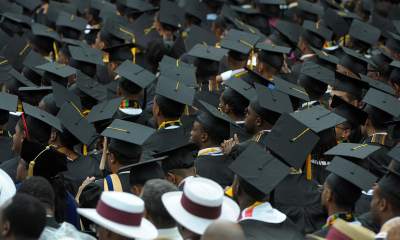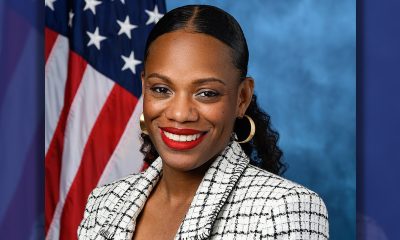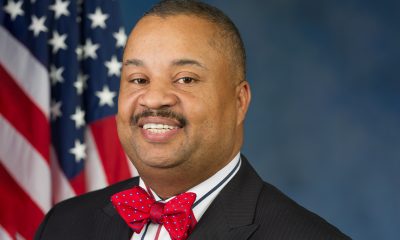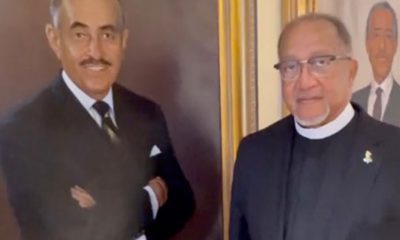National
Before Charleston’s Church Shooting, a Long History of Attacks


Emanuel African Methodist Episcopal Church in Charleston, SC is pictured here on Wednesday night after a gunman killed nine people during a bible study inside the building (David Goldman/AP Photo)
(New York Times) – In 1868, three men assassinated the Rev. Benjamin Randolph in broad daylight as he was boarding a train in Abbeville County, South Carolina. Randolph, a black man, had recently won a seat in the State Senate and was then campaigning for the Republican slate. Having served as an Army chaplain with the 26th Regiment United States Colored Troops, Randolph asked the Freedmen’s Bureau to send him “where he can be most useful to his race.” He settled in South Carolina in time to take part in the 1865 rededication of the Emanuel African Methodist Episcopal Church in Charleston. It was that church’s long history of spiritual autonomy and political activism that caught the attention of the white vigilantes who gunned him down and rode away. Randolph’s fate was repeated yesterday with the murder of nine people, including the pastor of the church, the Rev. Clementa Pinckney, who, like Randolph, also served as a state senator.
Reports of yesterday’s tragedy have invariably noted that an earlier incarnation of the Emanuel Church was home to Denmark Vesey, a lay minister who was one of the church’s founders, but the connections between Vesey, the congregation’s long history of activism and the events of June 17 run far deeper than that.
South Carolina was unique in early America for its black majority. No other Southern colony or state had a white minority until 1855, when Mississippi also earned that particular status. In 1822, Charleston housed 24,780 people, only 10,653 of whom were white. Free people of color were a tiny percentage, at 623, and most of them were the mixed-race offspring of white fathers and black mothers. One of the few free blacks in the city was a former slave turned carpenter, Denmark Vesey.







































